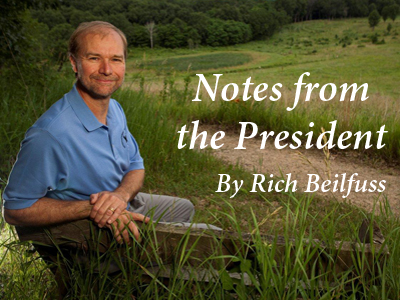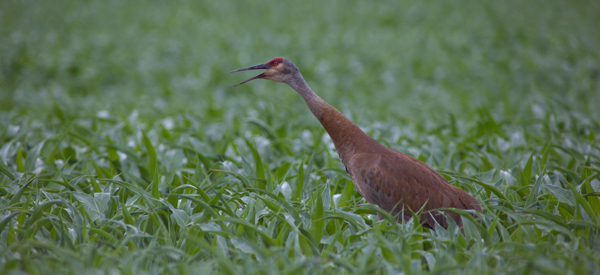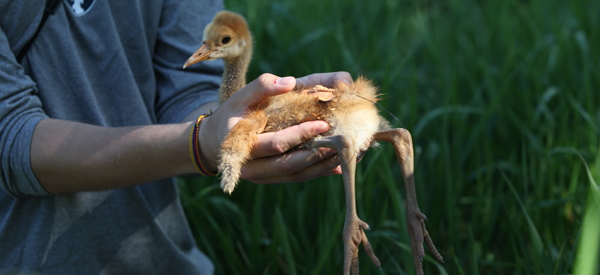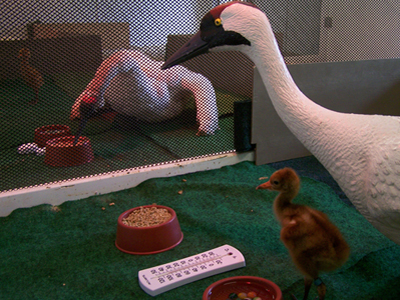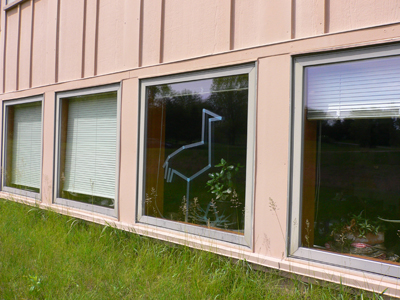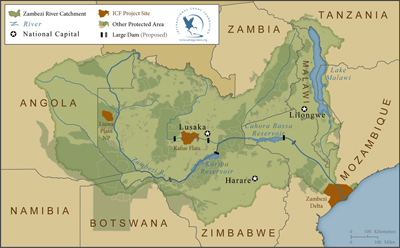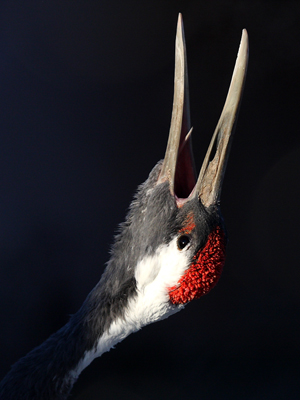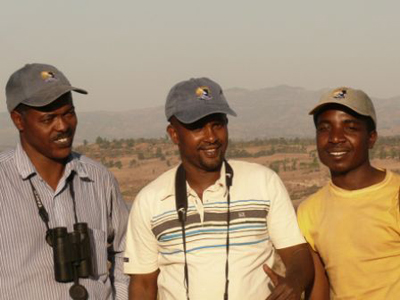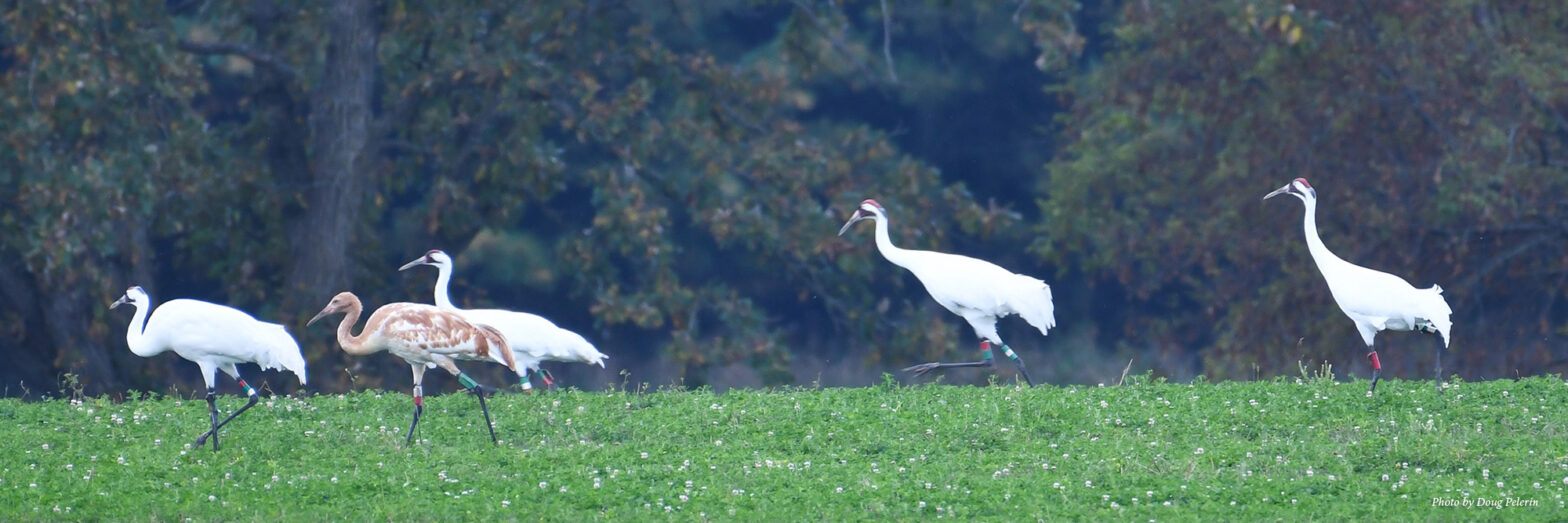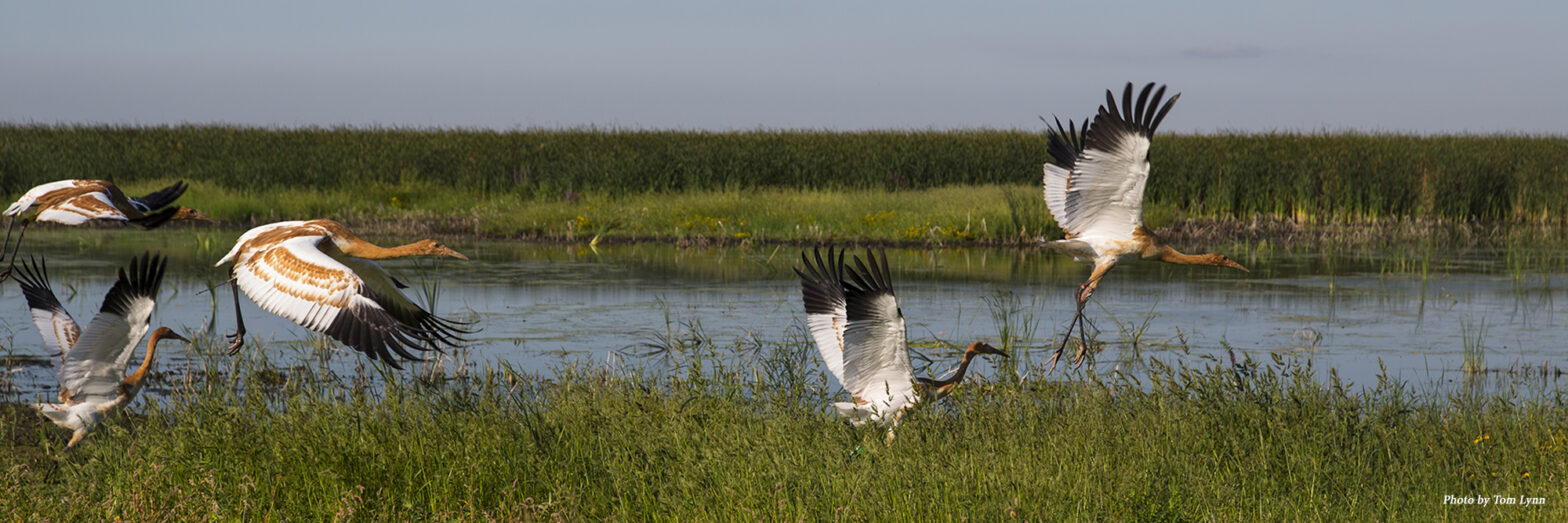 This past February, Wisconsin legislators introduced an assembly bill that would authorize the hunting of Sandhill Cranes in Wisconsin. The bill was defended as a necessary measure to reduce crop depredation caused by Sandhill Cranes, and to enable farmers to apply for wildlife damage abatement assistance and claim payments.
This past February, Wisconsin legislators introduced an assembly bill that would authorize the hunting of Sandhill Cranes in Wisconsin. The bill was defended as a necessary measure to reduce crop depredation caused by Sandhill Cranes, and to enable farmers to apply for wildlife damage abatement assistance and claim payments.
Results for "✞🔥 Vitria, vardenafil (levitra strips), 20mg effects ☕ www.USPharm.ORG ⧒✓ <<. cheapest tabs✞:Vitria (Vardenafil (Levitra Strips)) - Disfunzione, Chicagos Levitra Triangle Buy at Dctheatre Canadas Top,On Line Levitra,Search Results for “ Buy Vitria from – ✔️ www"
ICF Plants the Seed for Solving Crane-Related Crop Damage
 An effective solution for damage that Sandhill Cranes cause to planted corn seeds has been used in record amounts during the just-completed 2012 planting season and represents a win-win solution for both conservation and agriculture. Developed by the International Crane Foundation (ICF) and Arkion LLC, Avipel® has been available to farmers since 2006.
An effective solution for damage that Sandhill Cranes cause to planted corn seeds has been used in record amounts during the just-completed 2012 planting season and represents a win-win solution for both conservation and agriculture. Developed by the International Crane Foundation (ICF) and Arkion LLC, Avipel® has been available to farmers since 2006.
Linking Rural and Suburban Sandhill Cranes
 Since 1990, ICF has banded over 400 Sandhill Cranes in central Wisconsin, one of the densest nesting populations of cranes known anywhere in the world (we annually track around 60 breeding territories in our 6,400 ha study area). The small leg bands and radio transmitters, the latter placed on a select number of cranes, allow our staff to identify and track individual birds – once we can identify individuals, we can follow their movements, form hypotheses about their behaviors, and test these ideas in the field.
Since 1990, ICF has banded over 400 Sandhill Cranes in central Wisconsin, one of the densest nesting populations of cranes known anywhere in the world (we annually track around 60 breeding territories in our 6,400 ha study area). The small leg bands and radio transmitters, the latter placed on a select number of cranes, allow our staff to identify and track individual birds – once we can identify individuals, we can follow their movements, form hypotheses about their behaviors, and test these ideas in the field.
Chick It Out! ICF Launches Whooping Crane Chick Cam
 Access to the rare and endangered Whooping Crane chicks that are raised each year at the International Crane Foundation (ICF) in Baraboo, WI is granted only to trained ICF staff wearing crane costumes – until now. This chick season ICF is sharing this experience with the world through our live web cam!
Access to the rare and endangered Whooping Crane chicks that are raised each year at the International Crane Foundation (ICF) in Baraboo, WI is granted only to trained ICF staff wearing crane costumes – until now. This chick season ICF is sharing this experience with the world through our live web cam!
Reducing Bird Collisions One Window at a Time
 I couldn’t believe what I was looking at. A painted bunting in Chicago? In January?! These birds belong in the humid swamps of the Gulf Coast, not the frigid streets of the Windy City. Yet there could be no doubt of what I was looking at, as this painted bunting was lying dead in a tray at the Field Museum among 140 other species of birds that have been collected as window kill below the skyscrapers and apartment buildings of Chicago.
I couldn’t believe what I was looking at. A painted bunting in Chicago? In January?! These birds belong in the humid swamps of the Gulf Coast, not the frigid streets of the Windy City. Yet there could be no doubt of what I was looking at, as this painted bunting was lying dead in a tray at the Field Museum among 140 other species of birds that have been collected as window kill below the skyscrapers and apartment buildings of Chicago.
Planning Big for Zambezi River Wetlands
 Zambia is the third leg of my travels in Africa and a perfect final destination. Zambia is truly a wetland paradise, with eight “Wetlands of International Importance” under the Ramsar Convention covering a surface area of nearly 40,000 square kilometers. These include some of the most important wetlands in Africa for cranes.
Zambia is the third leg of my travels in Africa and a perfect final destination. Zambia is truly a wetland paradise, with eight “Wetlands of International Importance” under the Ramsar Convention covering a surface area of nearly 40,000 square kilometers. These include some of the most important wetlands in Africa for cranes.
Opening Day!
 On Sunday, April 15th the International Crane Foundation (ICF) officially opens to visitors and our performers (the cranes) are dusting off their feathers, dancing and bugling to get ready.
On Sunday, April 15th the International Crane Foundation (ICF) officially opens to visitors and our performers (the cranes) are dusting off their feathers, dancing and bugling to get ready.
Travels in Ethiopia
 Following a trail blazed by German crane colleagues and through transportation gratis ICF’s official Airline, Lufthansa, I spent nineteen memorable days in Ethiopian landscapes and sunshine. The visit perhaps will, with good fortune, result in the acceleration in the study and conservation of wetlands vital to more than 1,368 Black Crowned Cranes and 213 Wattled Cranes and uncountable thousands (for me at least) of migrant Eurasian Cranes that we observed.
Following a trail blazed by German crane colleagues and through transportation gratis ICF’s official Airline, Lufthansa, I spent nineteen memorable days in Ethiopian landscapes and sunshine. The visit perhaps will, with good fortune, result in the acceleration in the study and conservation of wetlands vital to more than 1,368 Black Crowned Cranes and 213 Wattled Cranes and uncountable thousands (for me at least) of migrant Eurasian Cranes that we observed.
North America
Issue The once threatened Sandhill Crane has made an inspiring comeback throughout much of its range. However, despite this success, the species continues to be threatened by power line collisions… Continue reading North America
Into The Wild
Over the last nearly 50 years, the International Crane Foundation and our partners have developed a series of reintroduction projects to establish new, wild Whooping Crane populations in North America.… Continue reading Into The Wild

